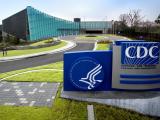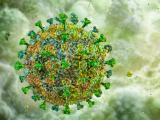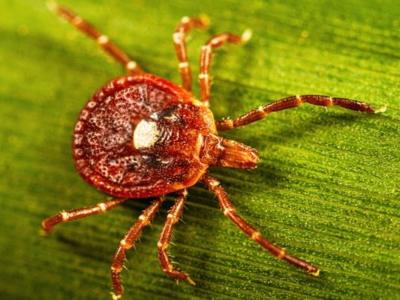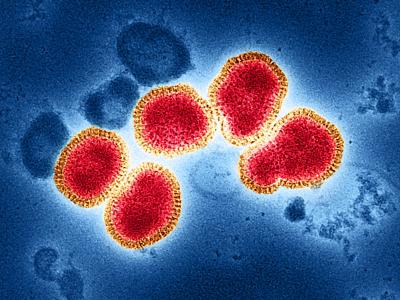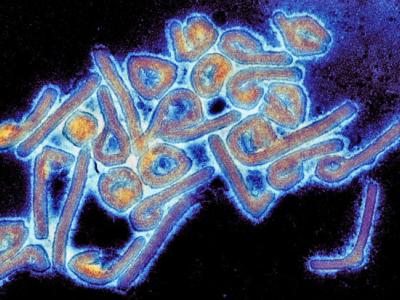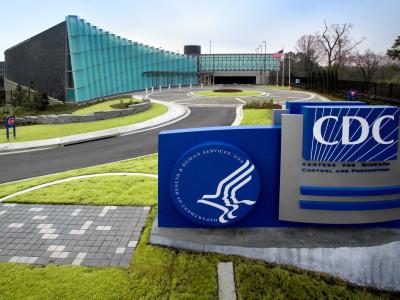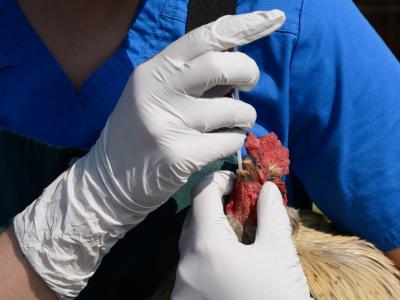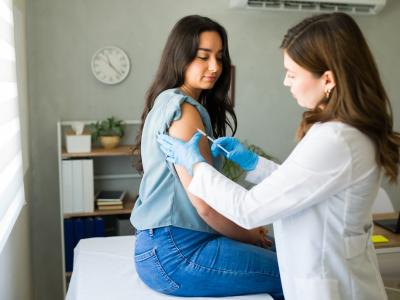Citing the bumpy response to Ebola as an illustration, a public health advocacy group asserted today that many US states have a mediocre level of preparedness for infectious disease threats.
The nonprofit group Trust for America's Health (TFAH) said half the states met 5 or fewer of 10 key indicators of the ability to prevent, detect, diagnose, and respond to infectious disease outbreaks. The measures pertain to things like public health funding, childhood vaccination rates, healthcare-associated infections (HAIs), and reporting of HIV data.
The nation has achieved dramatic improvements in state and local capacity to respond to outbreaks and emergencies in the past decade, said TFAH Executive Director Jeffrey Levi, PhD, in a press release.
"But we also saw during the recent Ebola outbreak that some of the most basic infectious disease controls failed when tested," he added. "The Ebola outbreak is a reminder that we cannot afford to let our guard down.
Five states—Maryland, Massachusetts, Tennessee, Vermont, and Virginia—tied for the top score by achieving 8 of 10 indicators, while Arkansas had the lowest score, at 2 of 10, according to the report.
Thirteen states achieved 6 of the 10 indicators, making the largest score group. Seven states achieved 7; nine states and Washington, DC, scored 5; eight states scored 4; and seven scored 3.
Key preparedness findings
TFAH highlighted scores on several of the key indicators in its press release.
On the positive side, for example, 47 states and Washington, DC, reported conducting an exercise or using a real event to assess how long it took for sentinel laboratories to acknowledge an urgent message from the state's laboratory.
In the area of incident management, 27 states and the nation's capital scored at or above the national average on the Incident and Information Management Domain of the National Health Security Preparedness Index (NHSPI). (The index is a recently updated assessment of national preparedness for health emergencies and disasters, developed by a large coalition of groups, including the Association of State and Territorial Health Officials and the Centers for Disease Control and Prevention.)
As for immunizations, only 14 states could boast that at least half of the population received a seasonal flu vaccine for 2013-14, and only 35 states and Washington, DC, met the Healthy People 2020 target of 90% of children ages 19 to 35 months receiving at least three doses of hepatitis B vaccine.
In other findings on the key indicators:
- Only 10 states increased or maintained public health funding over the past 2 fiscal years.
- Only 16 states performed better than the "national standard infection ratio" for central line associated bloodstream infections (CLABSIs).
- Only 10 states reduced CLABSIs from 2011 to 2012.
- Thirty-seven states require reporting of CD4 cell count and HIV viral load data, which is considered a key strategy for classifying disease stage and preventing further transmission.
- Thirty-eight states met the national standard of testing 90% of reported Escherichia coli O157:H7 cases within 4 days.
- Fifteen states have completed a plan for adapting to climate change, including its health impacts.
The report makes some general recommendations about maintaining core capabilities, integrating healthcare and public health, and leadership and accountability.
See also:
Dec 18 TFAH report landing page, statement, and interactive map
Text of report (112 pages)
Dec 9 CIDRAP News story on 2014 edition of NHSPI


